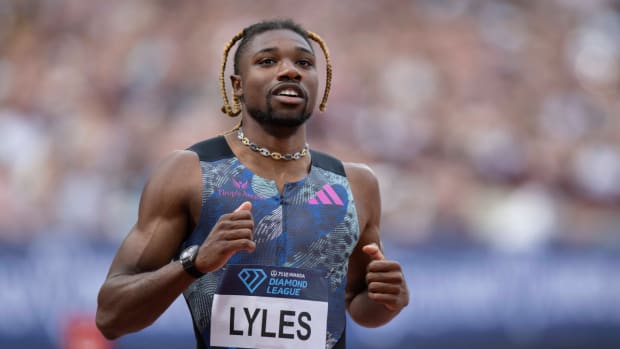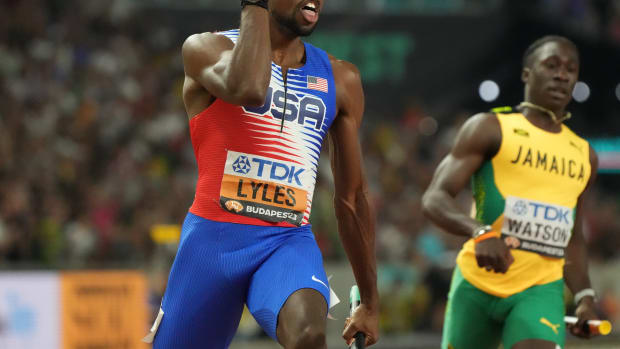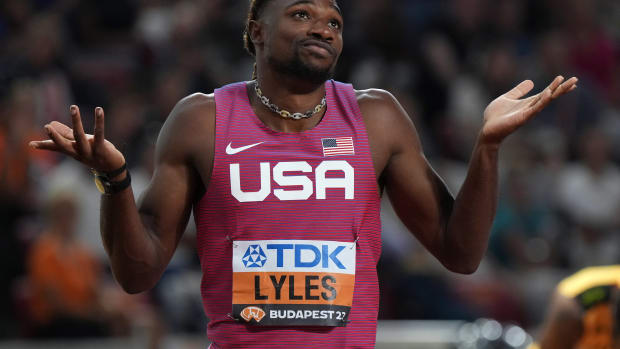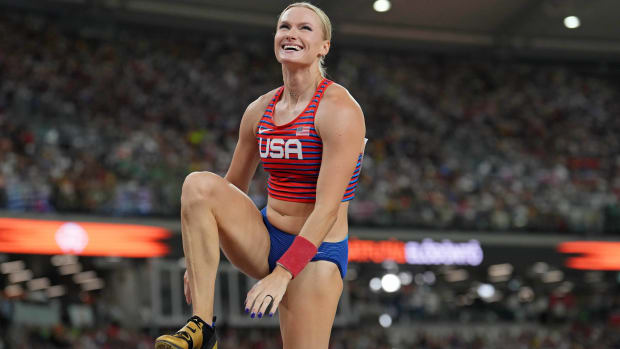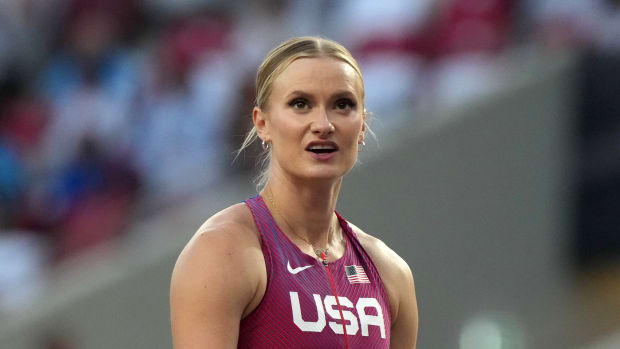NCAA's new Division I governance structure
Highlights of the NCAA's new Division I governance structure, which was passed by the board of directors Thursday and will take effect if it survives a 60-day override period:
- TOP CHANGE: The five biggest football conferences - the ACC, Big 12, Big Ten, Pac-12 and SEC - will have more control over legislation on some of the most contentious topics in college sports, including adding money to scholarships to more fully meet the so-called ''full cost of attendance'' (money beyond tuition, room and board, books and fees) and additional academic and career counseling.
- CHECKS AND BALANCES: To gain control of such issues, a majority in one of the five leagues must agree along with 12 of the 20 presidents or chancellors on the expanded board of directors. All 65 schools and 15 student-athletes, three from each conference, would cast votes. Passage would require 48 votes and a simple majority of support from school reps in at least three of the five conferences or a simple majority of all votes (41) and a simple majority from school reps in four of five conferences. The five major conferences have until Oct. 1 to create their first list of proposals.
- EVERYONE ELSE: All 32 Division I conferences would have a voice in legislative matters not deemed ''autonomous.'' These areas include championship administration and policy, oversight of membership standards and management of sports or topic-specific studies intended to formulate recommendations. Most legislation will be delegated by the newly expanded board to a newly created council that replaces two committees that previously helped draft legislation. Two student-athletes would vote on the council, and voting would be weighted toward the five biggest conferences (37.5 percent of the vote).
- RED TAPE: The NCAA would reduce the large number of subcommittees to three: One focused on academics, one on competition and student well-being, and one to assist the council with its legislative role. The Committee on Academics will report to the board and is expected to maintain a close working relationship with the council and the other two subcommittees.
- OVERSIGHT: University presidents and chancellors will maintain control on oversight and strategic decisions through the board of directors.
---
Online:
NCAA reforms: http://www.ncaa.org/about/resources/media-center/news/board-adopts-new-division-i-structure
